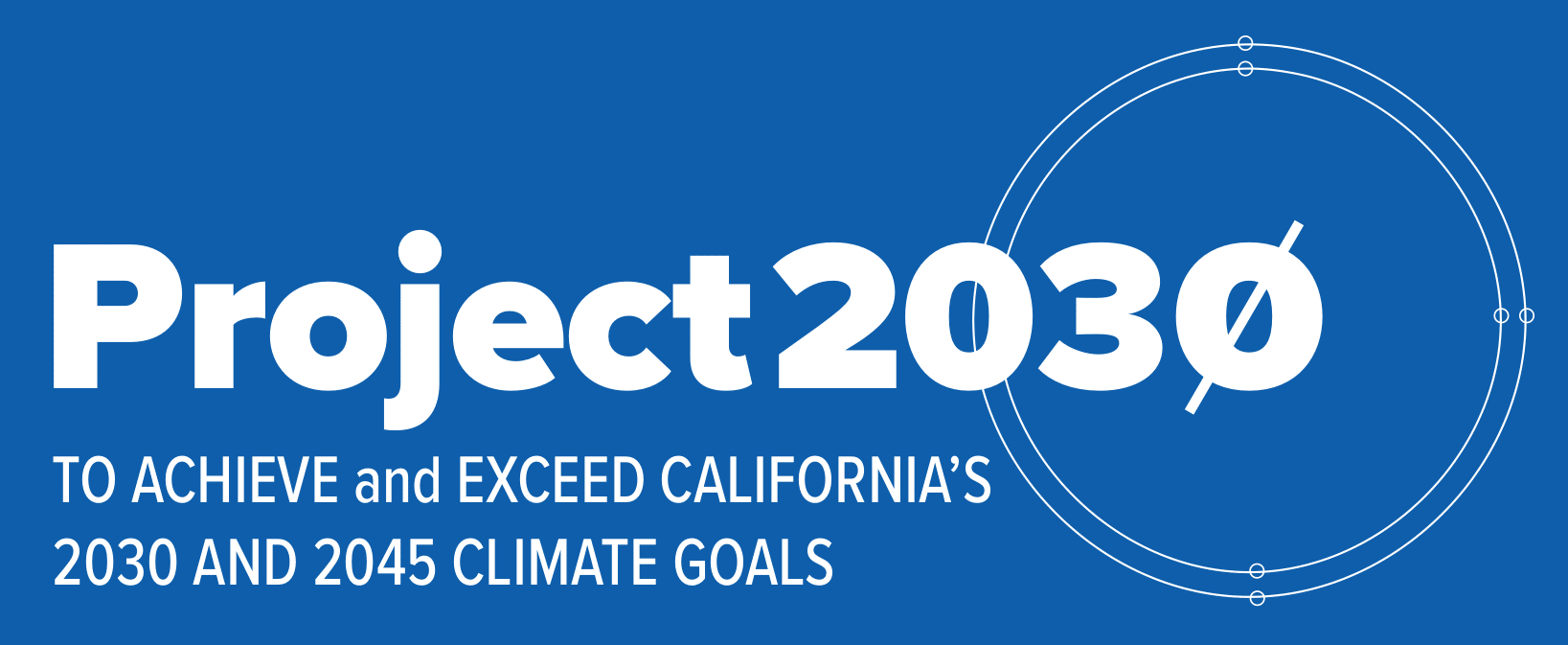EQUITABLE DECARBONIZATION PRIORITIES
(2020-2030)
CEMENT & INDUSTRIAL HEAT
Objectives
- Fully decarbonize cement production in California and imports
- Decarbonize industrial heat
- Encourage wide-spread adoption of thermal batteries
Accomplishments To-Date
- 2021: Passage of SB 596 requiring CARB to develop industry-specific plan to fully decarbonize by 2045
- 2022: Modeling shows costs/benefits of a dedicated calciner combined with thermal battery and local renewables (view report)
- 2023: Analysis demonstrates how thermal batteries are economical when powered by local renewables and how they can provide grid services (view report)
Next Steps
- Evaluate market size, local air quality benefits, local renewables, and benefits to disadvantaged communities for replacing natural gas-based commercial heating with thermal batteries
- Work with CARB to develop meaningful SB 596 regulations by the end of 2023
Success Factors by 2030
- 25% reduction in emissions per unit of cement
- 1st production dedicated calciner with carbon sequestration
- 25% reduction in emissions from industrial heating
SEQUESTRATION
Objectives
- Create a regulatory structure to ensure a safe and competitive environment for permanent, underground sequestration of CO2 from cement process emissions, DAC, and waste biomass
- Resolve ambiguities of pore space ownership and establish a fair method for unitization
Accomplishments To-Date
- 2022: Passage of SB 905: Establishes a process and deadlines for state agencies to create a regulatory framework and policies
Next Steps
- Research unitization/governing agreements for pore space ownership in other states
- Contribute to the development of fair compensation policies for landowners
- Conduct stakeholder outreach and engagement
- Prepare for California Natural Resources Agency/DOC public meetings and listening sessions
Success Factors by 2030
- Robust and safe system of sequestration sites for non-fossil energy source of CO2 fully operational
CO2 TRUCK, RAIL, & BARGE TRANSPORT
Objectives
- Optimize the transport of CO2 by truck, rail, and barge to minimize negative impacts and reduce cost, and maximize the volume of CO2 delivered per unit
Accomplishments To-Date
- 2023: LLNL produced a report identifying costs and possible optimizations
- 2023: Researched rail costs in California
Next Steps
- Identify possible participants and funding to build containers capable of transporting CO2 at ambient temperature and super-critical state
Success Factors by 2030
- Ability to deliver CO2 in super-critical state by zero-emission trucks, rail, and barge
PUBLIC SEQUESTRATION AUTHORITY
Objectives
- Enable Public Sequestration Authority (PSA) to develop and oversee sequestration sites that are operated in the public interest by public agencies that prioritize:
- safety and air quality concerns
- the lowest cost of sequestering CO2 from non-fossil energy sources
- robust MRV throughout the injection, post-injection, and post-site closure
- a structure that can be a competitor to the established fossil fuel companies for sequestration services
Accomplishments To-Date
- Initial outreach to stakeholders underway; concept included in the CLEE/LBL DAC Hub DOE proposal
Next Steps
- Work with stakeholders to develop a concept paper describing the benefits, requirements, and models for a PSA (2023)
Success Factors by 2030
- PSAs exist and create a competitive environment for sequestration focused on societal benefits
DAC PROJECTS
Objectives
- Address the need to reduce legacy emissions with direct air capture
- Work with communities to design DAC projects in California that are community-informed and community-supported
- Support the development of a competitive, cost-effective, and community-supported environment for DAC projects
- Assist in the development of a community benefits plan that brings real benefits to communities
Next Steps
- Continue stakeholder engagement, listening sessions, and information sharing with communities
Success Factors by 2030
- Multiple community-supported DAC hubs operating in California with a minimum capacity of 10 MMT/year
SUSTAINABLE BIOMASS MANAGEMENT BECCS/BiCRS
Objectives
- Develop sustainable and equitable options to manage California’s significant waste biomass from agriculture and forest residues
- Design policy options to ensure that local air quality, water, and land impacts are minimized when waste biomass is processed and converted to energy with carbon capture
Accomplishments To-Date
- 2022: Outreach, engagement, and information sharing with community groups and California companies developing conversion facilities
Next Steps
- Document the biomass conversion technologies that can economically do waste conversion while providing meaningful local benefits with minimal local impact
Success Factors by 2030
- At least 10 MMT CO2E/year are sustainably captured and sequestered
REGENERATIVE AGRICULTURE
Objectives
- Create demand for agricultural products created using regenerative agricultural techniques
- Define meaningful and easy-to-measure metrics
- Demonstrate that regenerative practices create farms that are more resilient to extreme weather events, make more efficient use of water, and produce higher margins for farmers through lower input costs and enhanced air quality benefits
Accomplishments To-Date
Next Steps
- Build a team of NGO and university researchers to define overall project plan (2023)
Success Factors by 2030
- 10% of all California farms and 10% of all California farmland is either fully regenerative or meaningfully in process
